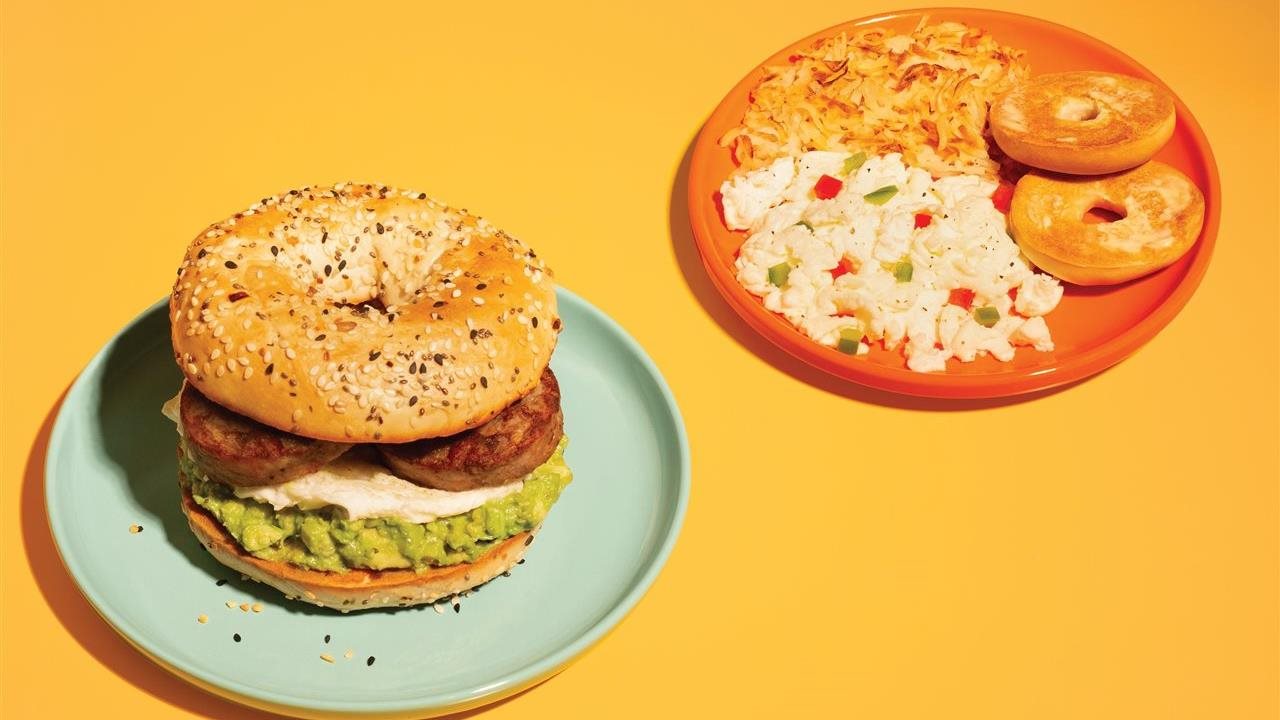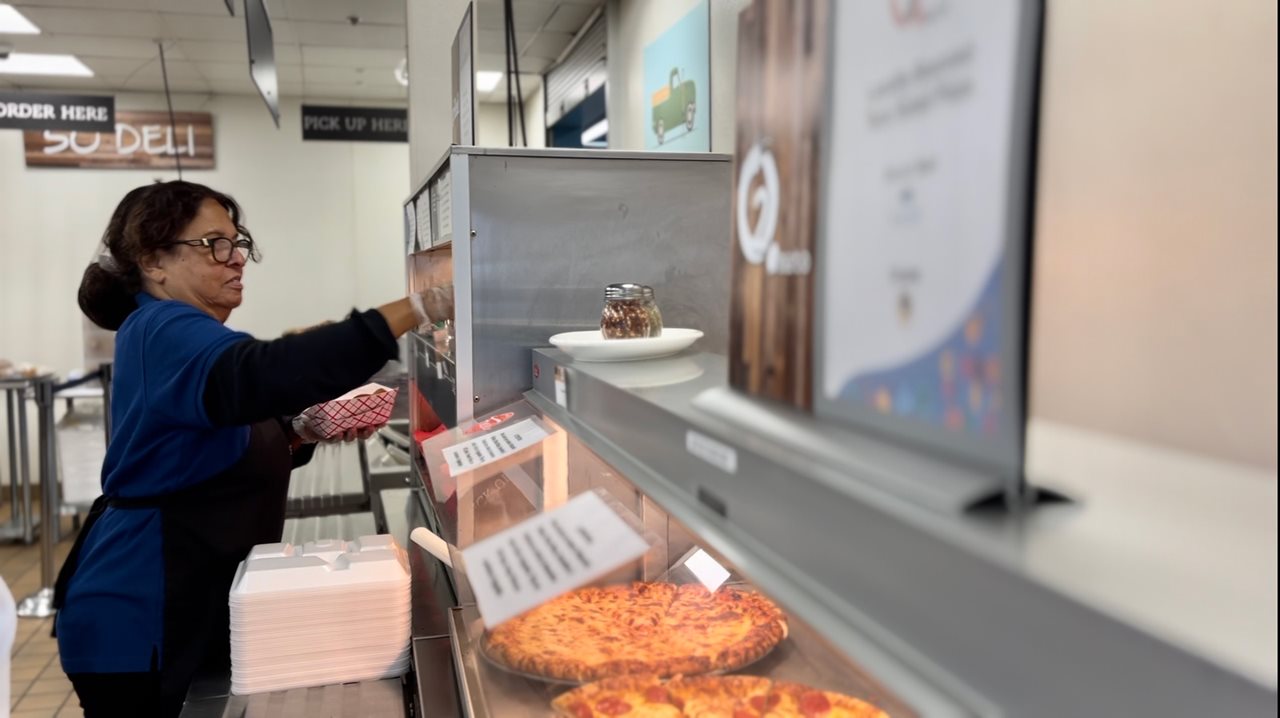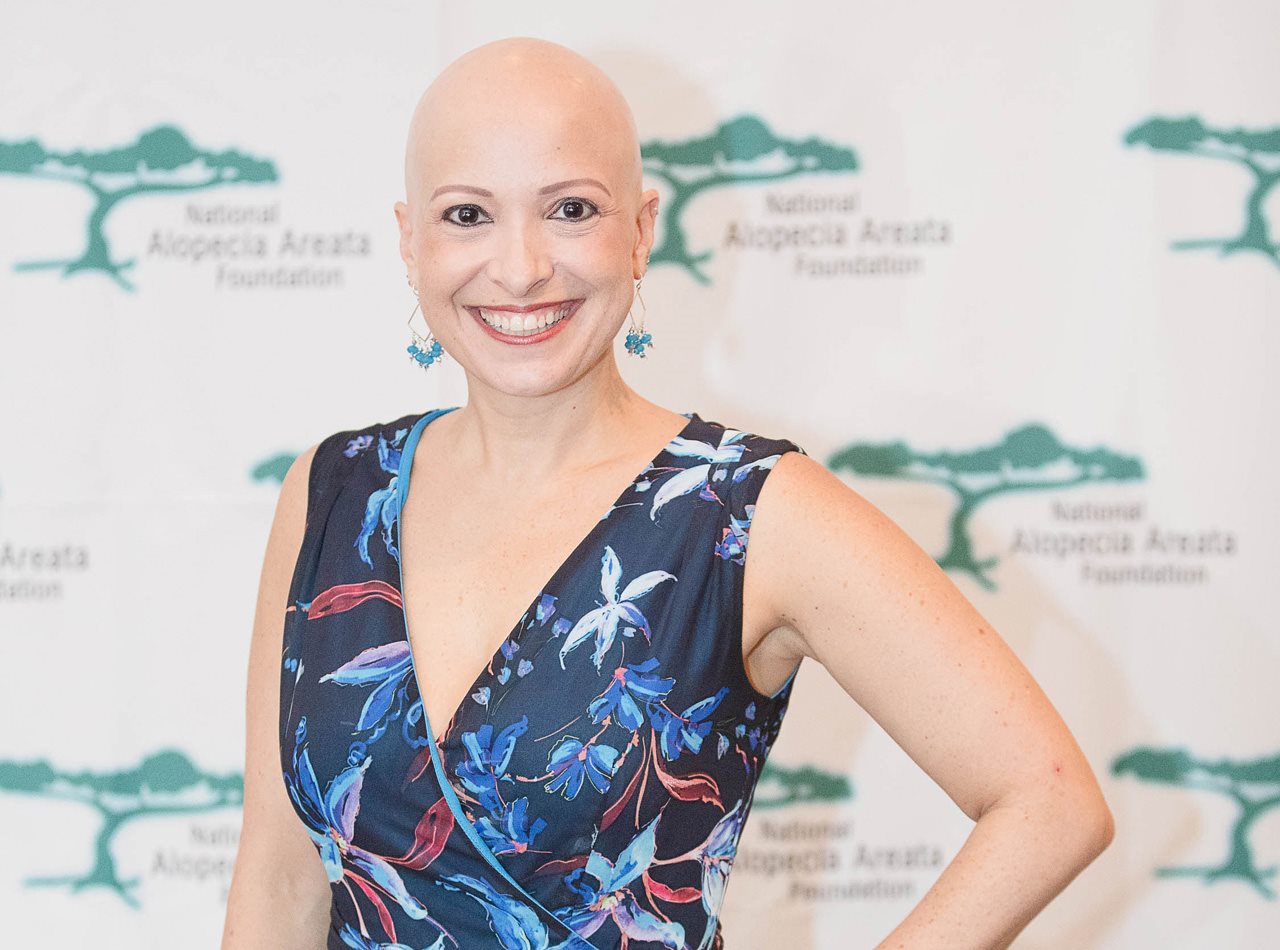2024-09-04T09:01:00
(BPT) – When Chris Wright reflects on his professional basketball career, he describes it as “challenging, rewarding, and not without obstacles.” But that’s not only because of the early morning workouts, mental stamina and grit it takes to become a professional basketball player — Chris was the first National Basketball Association (NBA) player to voice publicly they were diagnosed with relapsing multiple sclerosis (RMS).
One day after practice while playing in Turkey in 2012, Chris felt a tingling sensation in his right foot. Chris went back to practice the next day assuming it was from overuse, until he felt the sensation spread from his foot to his right arm. Eventually, Chris couldn’t walk and was taken to a hospital. That’s when he was diagnosed with RMS.
Following his diagnosis, Chris returned to the U.S. After meeting with several doctors who told him his only option was to hang up his basketball career, Chris finally met Dr. Heidi Crayton, MD, his current neurologist, partnered with him to develop a plan that worked best for his goals.
“She said, ‘You want to keep playing? Then you’ll keep playing.’ And that was music to my ears.” Chris went on to play professionally for 12 years — 10 years in Europe and two in the U.S.
Finding the Right Neurologist and Treatment
Chris credits his success, both on the court and in helping navigate his condition, to Dr. Crayton and his family. “MS impacts everyone differently, so it’s super important to find a neurologist that you trust and can work together with on your MS journey. Having a team around you that you can be open and honest with is key to paving your own path, especially when it comes to choosing the right treatment option for you.”
After Chris’ first therapy stopped working for him, he discussed his options with Dr. Crayton, who suggested MAVENCLAD® (cladribine tablets), with a dosing schedule that is no more than 10 treatment days a year for two years. Chris and Dr. Crayton also discussed MAVENCLAD’s dosing and safety information, and the serious side effects of MAVENCLAD, including risk of cancer and risk of birth defects. She explained both women and men being treated with MAVENCLAD should use effective contraception on MAVENCLAD treatment days and for 6 months after the last dose of each treatment course. She also talked about other potential side effects, like low white blood cell counts, serious infections, and liver problems.
MAVENCLAD has worked well for Chris. However, each individual is different, and results may vary. It’s important for patients to talk to their doctor about their symptoms and treatment plan for the best possible outcome.
Thinking Forward: Life off the Court
Now retired from playing professional basketball and a father of three, Chris is putting to practice what he learned on the court, off the court.
As a dad, Chris spends most of his time with his family playing sports, games, making TikTok dances, painting nails and working on his hair styling skills. But importantly, he doesn’t shy away from talking about his condition with his family. “I’m open with my kids about my MS so they often ask questions and how I’m feeling. You don’t always physically ‘see’ MS, so when they see ‘dad,’ they want to play and run around. My main priority is staying as healthy as possible so I can be there as a father.”
Chris also has continued to express his love of basketball by coaching his high school’s varsity team. He’s also a broadcaster for the Washington Wizards. Chris credits his career evolution to his MS journey.
“Living with MS has given me a lane to focus on forever. I was diagnosed at 22 years old — a time when I was trying to figure out my path in life as both a young adult and athlete. Though challenging, my MS diagnosis truly shaped my career in many ways. It’s given me the opportunity to be a voice and advocate for the MS community and I’m forever grateful for that. I’m confident I wouldn’t be where I am today — whether that’s with my family or my career.”
Express4MS and The Importance of “Running Your Own Race”
Since 2022, Chris has teamed up with EMD Serono on their program Express4MS, a program designed to give visibility to the journeys of people living with RMS and encourage them to express themselves, not only within their community but also with their healthcare providers. By sharing his story, Chris hopes to help others impacted by MS feel supported and empowered to speak up about their condition.
To hear stories from a diverse group of people about their experiences living with MS and how they’ve learned to express themselves with their loved ones, the MS community, their healthcare providers, and the world, visit Express4MS.com. If you have MS, you have the opportunity to have your own story reviewed for inclusion on the website.
Despite telling his story and advocating for the MS community for over 11 years, there’s still one thing Chris wants everyone to know: “Run your own race. Don’t be embarrassed or disappointed in who you are or what stage you’re in — either in life or with your MS journey. Keep expressing yourself and be confident. You’re going to be OK.”
What is MAVENCLAD?
MAVENCLAD is a prescription medicine used to treat relapsing forms of multiple sclerosis (MS), to include relapsing-remitting disease and active secondary progressive disease, in adults. Because of its safety profile, MAVENCLAD is generally used in people who have tried another MS medicine that they could not tolerate or that has not worked well enough.
MAVENCLAD is not recommended for use in people with clinically isolated syndrome (CIS).
It is not known if MAVENCLAD is safe and effective in children under 18 years of age and is therefore not recommended.
MAVENCLAD may cause serious side effects, including:
- Risk of cancer (malignancies). You should follow healthcare provider instructions about screening for cancer.
- MAVENCLAD may cause birth defects if used during pregnancy. Women must not be pregnant when they start treatment with MAVENCLAD or become pregnant during MAVENCLAD dosing and within 6 months after the last dose of each yearly treatment course. You should stop treatment with MAVENCLAD and contact your healthcare provider right away if you become pregnant during treatment with MAVENCLAD.
- For women who are able to become pregnant:
- Your healthcare provider should order a pregnancy test before you begin your first and second yearly treatment course of MAVENCLAD to make sure that you are not pregnant.
- Ask your healthcare provider which contraceptive method is right for you. Women and men being treated with MAVENCLAD should use effective birth control (contraception) on the days on which they take MAVENCLAD and for at least 6 months after the last dose of each yearly treatment course.
Do not take MAVENCLAD if you:
- have cancer (malignancy).
- are pregnant, plan to become pregnant, or are a woman of childbearing age or a man able to father a child and you are not using birth control.
- are breastfeeding.
- are human immunodeficiency virus (HIV) positive.
- have active infections, including tuberculosis (TB), hepatitis B or C.
- are allergic to cladribine.
Before you take MAVENCLAD, tell your healthcare provider about all of your medical conditions, including if you:
- think you have an infection.
- have taken, take, or plan to take medicines that affect your immune system or blood cells, or other treatments for MS. Certain medicines can increase your risk of getting an infection.
- have had a recent vaccination or are scheduled to receive any vaccinations. You should not receive live or live-attenuated vaccines within the 4 to 6 weeks preceding treatment with MAVENCLAD or receive these types of vaccines during your treatment with MAVENCLAD and unless directed by your healthcare provider.
- have heart failure.
- have or have had cancer.
- have liver or kidney problems.
- are breastfeeding or plan to breastfeed. It is not known if MAVENCLAD passes into your breast milk. Do not breastfeed on the days on which you take MAVENCLAD, and for 10 days after the last dose.
How should I take MAVENCLAD?
- MAVENCLAD is given as two yearly treatment courses, consisting of 2 treatment weeks (cycles) about a month apart.
- Handle MAVENCLAD with dry hands and take immediately after opening the blister pack. Take with water and do not chew the tablet. MAVENCLAD can be taken with or without food and should be taken at least 3 hours apart from other medicines.
- Wash your hands after handling MAVENCLAD. Limit contact with your skin (especially on your face). Wash skin and surfaces with water if contact occurs.
- If you miss a dose, take it as soon as you remember on the same day. If the whole day passes before you remember, take your missed dose the next day. Do not take 2 doses at the same time. Instead, you will extend the number of days in that treatment week.
Your healthcare provider will continue to monitor your health during the 2 yearly treatment courses, and for at least another 2 years during which you do not need to take MAVENCLAD. It is not known if MAVENCLAD is safe and effective in people who restart MAVENCLAD treatment more than 2 years after completing 2 yearly treatment courses.
MAVENCLAD can cause serious side effects. If you have any of these symptoms listed below, call your healthcare provider right away:
- low blood cell counts have happened and can increase your risk of infections during treatment with MAVENCLAD. Blood tests are needed before you start treatment with MAVENCLAD, during your treatment with MAVENCLAD, and afterward, as needed.
- serious infections such as:
- life-threatening or fatal infections caused by bacteria, viruses, parasites or fungi.
- TB, hepatitis B or C, and shingles (herpes zoster). Fatal cases of TB and hepatitis have happened with cladribine during clinical studies. Tell your healthcare provider right away if you get any symptoms of the following infection related problems or if any of the symptoms get worse, including fever, aching painful muscles, headache, feeling of being generally unwell, loss of appetite, burning, tingling, numbness or itchiness of the skin in the affected area, skin blotches, blistered rash, or severe pain.
- progressive multifocal leukoencephalopathy (PML). PML is a rare brain infection that usually leads to death or severe disability. Although PML has not been seen in MS patients taking MAVENCLAD, it may happen in people with weakened immune systems. Tell your healthcare provider right away if you have any new or worsening neurologic signs or symptoms. These may include: weakness on 1 side of your body, loss of coordination in your arms and legs, decreased strength, problems with balance, changes in your vision, changes in your thinking or memory, confusion, or changes in your personality.
- liver problems. Symptoms of liver problems may include: nausea, vomiting, stomach pain, tiredness, loss of appetite, dark urine, or your skin or the whites of your eyes turn yellow. Your doctor will perform blood tests to check your liver during treatment.
- allergic reactions (hypersensitivities). You should stop treatment and seek immediate medical attention if any signs or symptoms of allergic reactions occur. Symptoms of an allergic reaction may include skin rash, swelling or itching of the face, lips, tongue or throat, or trouble breathing.
- heart failure. MAVENCLAD may cause heart failure, which means your heart may not pump as well as it should. Call your healthcare provider or go to the closest emergency room for medical help right away if you have any signs or symptoms such as shortness of breath, a fast or irregular heartbeat, or unusual swelling in your body.
The most common side effects of MAVENCLAD include: upper respiratory infection, headache, and low white blood cell counts.
These are not all the possible side effects of MAVENCLAD. Call your doctor for medical advice about side effects.
To report SUSPECTED ADVERSE REACTIONS, contact EMD Serono at: 1-800-283-8088 ext. 5563 or
FDA at 1-800-FDA-1088 or www.fda.gov/medwatch.
Please see full Prescribing Information and Medication Guide, including serious side effects.
Chris is sponsored by EMD Serono, Inc.
EMD Serono does not recommend or endorse any specific clinician or provider.
EMD Serono is the Healthcare business of Merck KGaA, Darmstadt, Germany in the U.S. and Canada.
MAVENCLAD is a registered trademark of Merck KGaA, Darmstadt, Germany or its affiliates.
US-MAV-02532 August 2024 Intended for US only



























